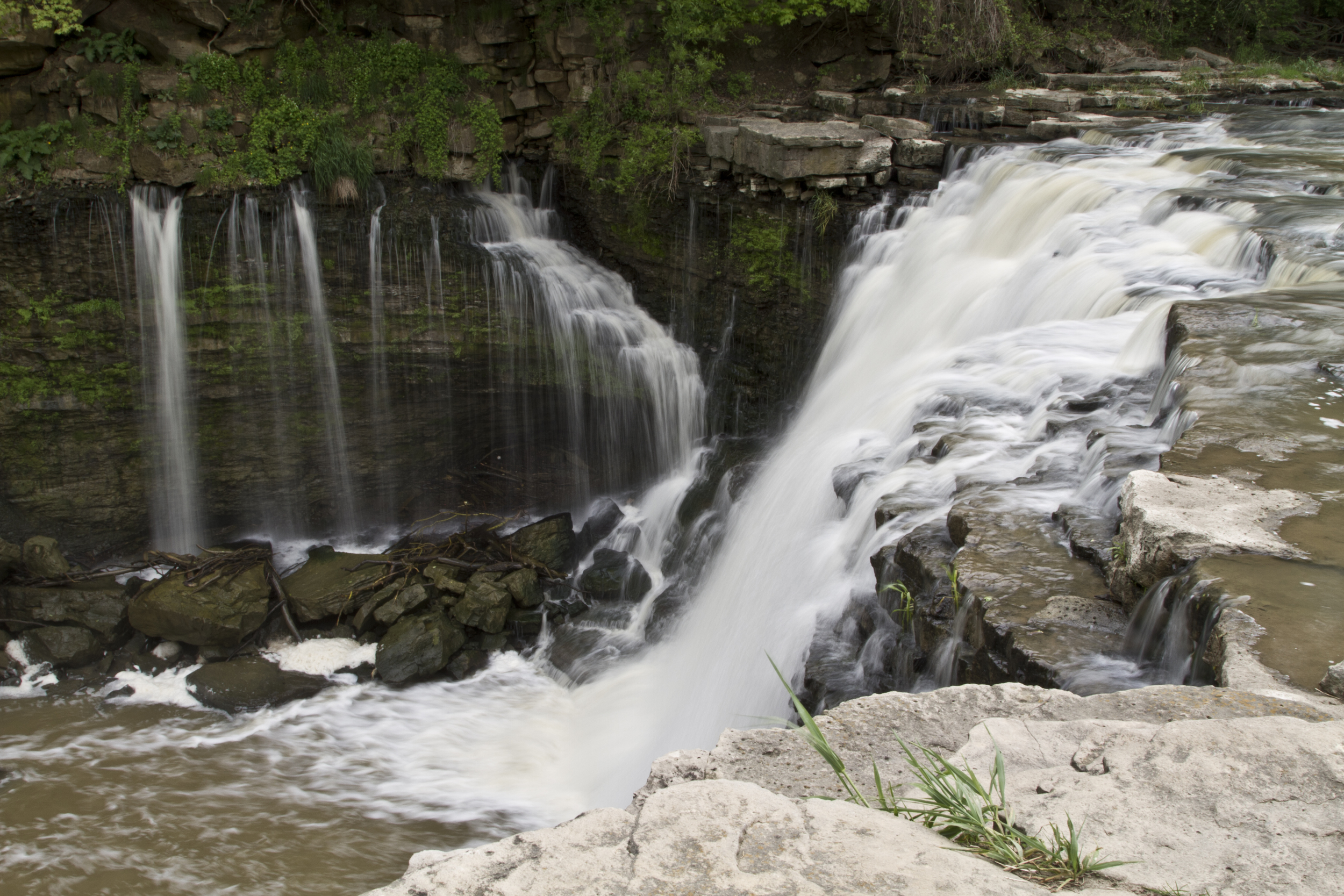

Aquanty Staff Research Highlight – Saturated hydraulic conductivity in northern peats inferred from other measurements
Morris et al. 2022 is a meta-analysis of 2507 peatland soil samples across Northern Canada and parts of Europe, which relates saturated hydraulic conductivity to depth and more commonly measured parameters like bulk density or the Van Post Humification Scale.

HGS RESEARCH HIGHLIGHT – Simulating fully-integrated hydrological dynamics in complex Alpine headwaters: potential and challenges
Alpine areas are inherently difficult to model, with large elevation gradients (steep, rugged terrain), complex geology and highly variable weather conditions, but nevertheless a satisfactory model calibration was achieved. The model incorporated fully integrated surface/groundwater flow, evapotranspiration processes, and dynamic snowmelt (using an energy balance-based representation of snow processes), all underpinned by a detailed 3D geological model.

HGS Research Highlight - Coupled atmospheric, land surface, and subsurface modeling: Exploring water and energy feedbacks in three-dimensions
This post highlights the recent study by Davison et al. (2015) on the coupling of HGS to an Atmospheric Boundary Layer (ABL) model. Implementing the coupled HGS-ABL model the authors found ...
HGS Research Highlight - A simple iterative method for estimating evapotranspiration with integrated surface/subsurface models
This work presents an iterative, water balance based approach to estimate actual evapotranspiration (ET) with integrated surface/subsurface flow models. Traditionally, groundwater level fluctuation methods have been widely accepted and used for estimating ET and net groundwater recharge; however, in watersheds where interactions between surface and subsurface flow regimes are highly dynamic, the traditional method may be overly simplistic....
